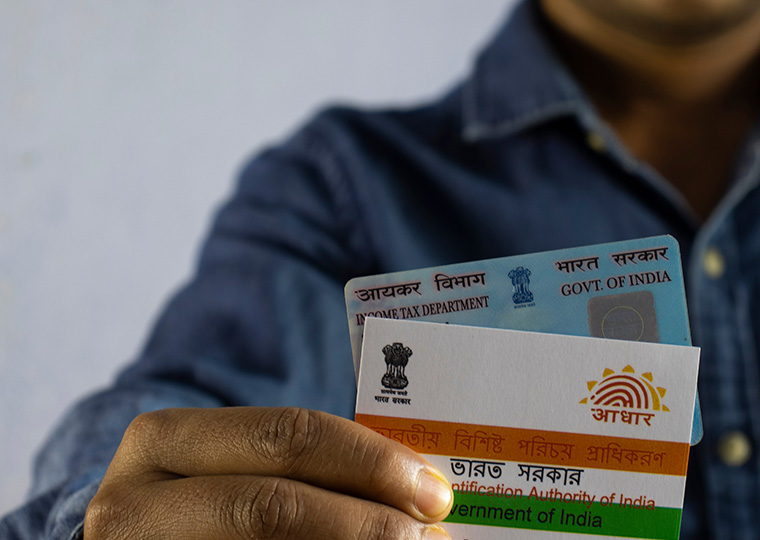A model for cities to boost ridership, without snarling car traffic
Getting around on two-wheels was a trend picking up speed even before the pandemic made public transportation a stressful gambit. The growing popularity of e-bikes has further added to cycling’s appeal. According to U.S. Census data, New York City bike commuters nearly doubled between 2010 and 2019. Washington, D.C. had a 67% uptick, Denver 51% and Chicago 35% over the same 10-year period.
In response, many cities have increased their networks of bike lanes. And not everyone is happy about that. Despite the reduction in car traffic and emissions for each automobile taken off the road when a driver converts to cycling, many complain that reducing road capacity to make room for bike lanes actually increases traffic congestion.
Opt In to the Review Monthly Email Update.
The issue has attracted a lot more heat than light, with car haters facing off against bike haters, each side claiming the other is gumming up the commuter system.
While city planners are sensitive to these concerns, they are also under pressure to invest in the infrastructure to promote the adoption of sustainable travel modes like cycling, walking and public transit. While there are studies providing evidence that installing bike lanes increases cycling adoption, few studies exist to help city planners understand the impact of bike lanes on car congestion.
Will More Bike Lines Mean More Traffic Congestion?
In a working paper, University of Toronto’s Sheng Liu and UCLA Anderson’s Auyon Siddiq and Jingwei Zhang, a Ph.D. student, develop a method for planning bike lane networks using a data-driven approach along with input from city planners. Their method accounts for both the potential increase in cycling ridership and the potential impact on car traffic from new bike lanes.
Their findings suggest that expanding cycling ridership without a dramatic increase in overall car traffic congestion is possible and that the addition of bike lanes can even reduce car congestion in some road segments.
The researchers use Chicago transportation and biking data to test their method, drawing on more than a half-dozen data sources, including the Illinois Department of Transportation and Divvy, a Chicago bike share system operated by Lyft. The datasets enabled their method to have a systemwide perspective analyzing road topography, traffic flows, the existing bike lane network and people’s choices in mode of travel.
Budget for Bike Lanes
The method generates recommendations for the best locations to add bike lanes and gives the optimal number of miles of bike lanes a city should add. It also allows city planners to set a budget constraint to use in its optimization model. This could make their method attractive to municipalities working with limited budgets, while the output of suggested locations for new bike lanes could help cities that already have a mature bike network make improvements to their existing network of bike lanes.
The researchers found that many of their method’s suggested locations for new bike lanes filled in gaps between existing lanes or bridged distant parallel bike lanes. The model was not explicitly programmed to do so.
Using the Chicago data, their method examines the case for adding 25 miles of bike lanes, which could help increase ridership from a current 3.9% to 6.9% of commuters, a 77% increase. The model also suggests that the worst-case increase in congestion over all roads would be 7.5%. Bike haters would suggest any increase in congestion is intolerable. Car haters would counter that making traffic worse for drivers will help encourage them to cycle.
Featured Faculty
-
Auyon Siddiq
Assistant Professor of Decisions, Operations and Technology Management
-
Jingwei Zhang
Decisions, Operations and Technology Management, Ph.D. student
About the Research
Liu, S., Siddiq, A., & Zhang, J. (2022). Planning Bike Lanes with Data: Ridership, Congestion, and Path Selection.




